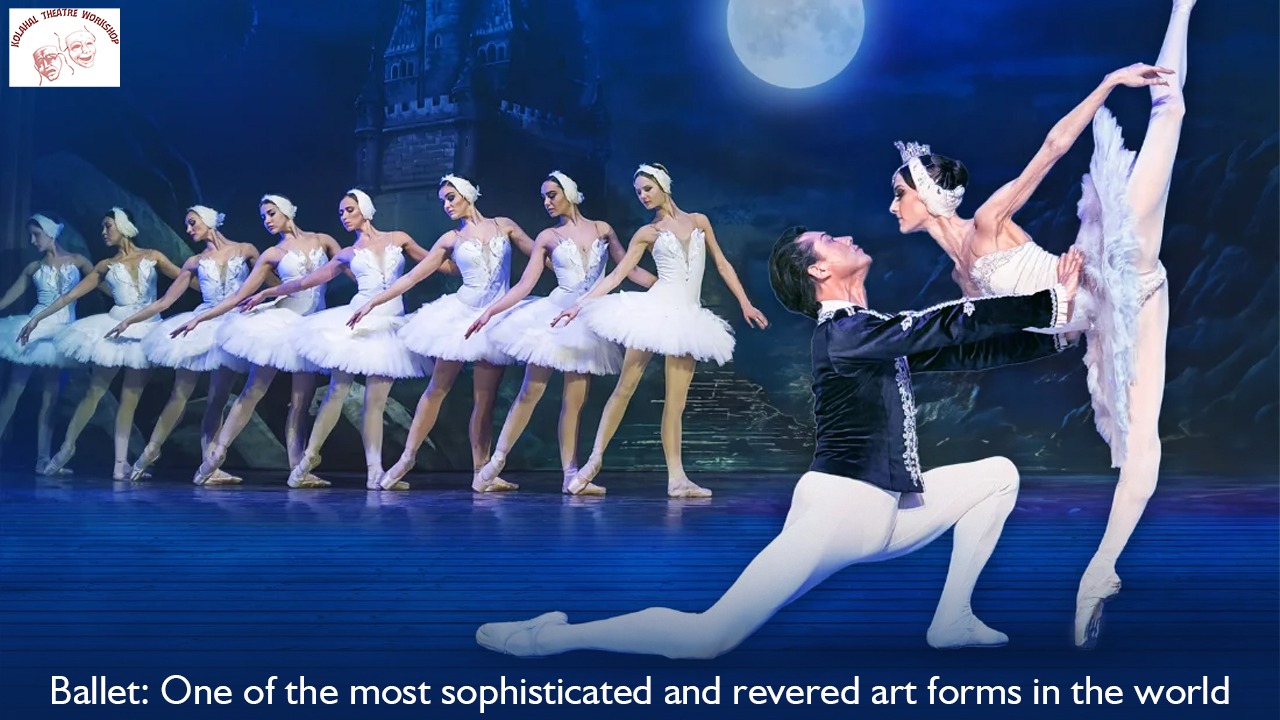MIME: AN EARLIEST MEDIUM OF SELF-EXPRESSION
Mime drama or mime is an earliest medium of self-expression. It is a type of acting that does not use words or speech. Mime is all about physical movement and exaggerating one’s expressions. Mime artists use their actions to send a message or tell a story. It is a silent art that involves acting or communicating using only movements, gestures or facial expressions. Few looks are as iconic as mime make up. The exaggerated features and bold contrasting shadows allow performers to communicate all, without the use of words.
The purpose of the white face is to help the audience be able to see the performer from far away. The designs on the face help bring the character to life and express emotions without words. For example, in reference to sadness the tear drop is in use. When language developed, instead of fading into obscurity, mime became a form of entertainment.
THE HISTORY OF MIME :
Mime, as a genre, was first invented in ancient Greece, where performers enacted everyday scenes, with the help of elaborate gestures. It all began in the theatre of Dionysus in Athens. Masked actors performed outdoors in daylight, before audience of 10,000 or more, at festivals in honor of Dionysus, the God of theater. with the help of hypothesis the level of true drama approached. The Romans invaded Greece and brought a long theatrical tradition back to Italy.
Commedia dell’arte
Mime got absorbed into the hugely popular Commedia dell’arte genre that flourished in Europe from the 16th century and continued to do so till late 18th century. In 1576, a travelling troupe of street performers brought Commedia dell’arte with them to France, where the form proved even more popular than it had been in its native Italy. Thus Mime is an earliest medium of self-expression In 1816, the Italian theatrical style underwent a distinct French makeover in the hands of Jean Gaspard Deburau. Donning the white face paint and a droopy buttoned suit, he took the stage as Pierrot, a lovable and lovesick character and made that character come alive with his endearing persona and exaggerated facial expressions, without uttering a single word. It was he, who also created the modern day mime act.
https://kolahal.org/2021/08/09/o-henry-the-master-short-story-teller/
TYPES OF MIME:
Moreover Mime is a distinct form of performing arts. What distinguishes mime from acting in a play is that, mime actors are non-speaking. Besides characterized by their sophisticated clown-white face makeup, they are often with a single black tear and black Charlie Chaplinesque costumes. So the distinct styles of mime include –
• Abstract style – This pantomime type refers to performance that is without predetermined structure. Hence there is no defined plot and no single character in this style. However its goal is to evoke emotion or make the observer think.
• Literal style – Literal mime usually tells a story. This particular form has at least one character and a plot with a proper beginning, middle and end.
• Combined style – This type of mime includes both scripted and spontaneous sections. Since mime is a performance art much like movie or play acting, it can include comedy, romance, drama, mystery and any other genre of cinematic or stage art.





Good day I am so happy I found your blog, I really found you
by error, while I was looking on Askjeeve for something else, Anyhow I am here now and would just like to say thanks for a fantastic post and a all round exciting blog (I also love the theme/design), I don’t have time
to read it all at the moment but I have saved it and also included
your RSS feeds, so when I have time I will be back to read much more,
Please do keep up the awesome job.